- No products in the cart.
Arifon Tab n / a film about 2.5 mg 30 pcs
$8.57
Arifon Tab n / a film about 2.5 mg 30 pcs
SKU: 2066109604 Categories: Heart and blood vessels, High pressure, Medicaments Tags: indapamide, SERVIER
Description
Composition
Active substance:
indapamide 2.5mg
Excipients:
lactose monohydrate 59.25 mg corn starch 20.00 mg Magnesium stearate 0.75 mg, povidone 4.00 mg, 3.5 mg of talc; film coating – Glycerol 0.087 mg Macrogol 6000 0.035 mg magnesium stearate 0.087 mg, 1.449 mg of hypromellose, sodium lauryl sulfate 0.017 mg, 0.278 mg of titanium dioxide, white beeswax 0.047 mg.
Description:
Round, biconvex tablets, film-coated, white color.
Product form:
Film coated tablets, 2.5 mg.
30 tablets in a blister (PVC / Al). 1 blister together with instructions for medical application is placed in a cardboard box with a first opening control (if necessary).
Contraindications
– increased sensitivity to the active substance, other sulfonamide derivatives or any of the excipients of the drug (see “Composition”.);
– severe renal insufficiency;
– severe hepatic failure or hepatic encephalopathy;
– hypokalemia
Due to the fact that the drug enters lactose, Arifon® not recommended for patients with lactose intolerance, lactase deficiency, galactosemia, glucose-galactose malabsorption.
In the absence of clinical data product is not recommended for use in children under 18 years.
CAREFULLY
Disturbances of liver and kidney function disorders of water and electrolyte balance, use in patients with increased QT interval on the ECG, the use of a weakened patients, or in patients receiving concurrent therapy with drugs that may increase the interval QT (see. The section “Interaction with other drugs means “), hyperparathyroidism, diabetes, hyperuricemia and gout.
Dosage
2.5 mg
Indications
Arterial hypertension in adults.
Interaction with other drugs
UNWANTED COMBINATION DRUGS
lithium Formulations:
With simultaneous use of indapamide and preparations lithium, like in compliance with a salt-free diet, may experience increased concentration of lithium in the blood plasma due to lower its excretion, accompanied by the appearance attributes overdose. If necessary, diuretic drugs can be used in combination with drugs lithium, thus should be carefully monitored in plasma lithium content and appropriately select the dose.
The combination of drugs that require special attention
Drugs that can cause arrhythmia type “pirouette”:
– antiarrhythmics class IA (quinidine, gidrohinidin, disopyramide);
– Class III antiarrhythmic agents (amiodarone, sotalol, dofetilide, ibutilide);
– some antipsychotics: phenothiazines (Chlorpromazine, tsiamemazin, levomepromazine, thioridazine, trifluoperazine), benzamides (amisulpride, sulpiride, sultopride, tiapride), butyrophenones (droperidol, haloperidol);
– others: bepridil, cisapride, difemanil, erythromycin (w / w), halofantrine, mizolastine,
pentamidine, sparfloxacin, moxifloxacin, astemizole, vincamine (w / w).
Increased risk of ventricular arrhythmias, especially arrhythmias such as “pirouette” (a risk factor –
hypokalemia).
It should determine the concentration of potassium in blood plasma and, if necessary, correct its prior combination therapy indapamide and the above-mentioned preparations. Necessary to monitor the patient’s clinical status, control the level of blood plasma electrolytes and ECG parameters.
In patients with hypokalemia is necessary to use drugs, do not cause arrhythmia type “pirouette”.
– Non-steroidal anti-inflammatory drugs (for systemic administration), including selective COX-2 inhibitors, high-dose acetylsalicylic acid (> 3 g / day):
May reduce the antihypertensive effect of indapamide.
There is a risk of acute renal failure due to decreased glomerular filtration rate. Patients should compensate for the loss of fluid and at the beginning of treatment carefully monitor renal function.
Angiotensin-converting enzyme (ACE):
Purpose of ACE inhibitors in patients with initially reduced in the blood concentration of sodium ions (particularly in patients with renal artery stenosis) is accompanied by a risk of sudden hypotension and / or acute renal failure.
Patients with hypertension and possibly reduced due diuretics, content of sodium ions in the blood plasma must:
– 3 days prior to initiation of treatment with an ACE inhibitor to stop taking the diuretic. Subsequently, if necessary, a diuretic nekaliysberegayuschego reception can be resumed;
– starting or ACE inhibitor therapy with low doses, followed by a gradual increase in the dose if necessary.
In chronic heart failure, ACE inhibitor therapy should be started with the lowest dose possible with preliminary reduction of doses of a diuretic.
In all cases, in the first weeks of ACE inhibitors in patients need to monitor renal function (creatinine concentration in blood plasma).
– Other drugs that can cause hypokalemia: amphotericin B (w / w), and gluco mineralokortikosteroidy (for systemic use), tetracosactide, laxatives, stimulating intestinal motility:
Increased risk of hypokalaemia (additive effect).
Requires constant monitoring of the concentration of potassium in the blood plasma, if necessary –
its correction. Particular attention should be given to patients while receiving cardiac glycosides. It is recommended to use laxatives, do not stimulate bowel motility.
– Baclofen:
Noted increased hypotensive effect.
Patients should compensate for the loss of fluid and at the beginning of treatment carefully monitor renal function.
– Cardiac glycosides:
Hypokalemia increases the toxic effects of cardiac glycosides.
With simultaneous use of indapamide and cardiac glycosides should monitor the concentration of potassium in the blood plasma, ECG, and, if necessary, adjust therapy.
The combination of drugs that require attention
– Potassium-sparing diuretics (amiloride, spironolactone, triamterene):
Combination therapy with indapamide and potassium-sparing diuretics suitable for some patients, but it does not exclude the possibility of hypokalemia or hyperkalemia (especially in patients with renal insufficiency or in patients with diabetes).
It is necessary to control the concentration of potassium in the blood plasma, ECG, and if necessary, adjust therapy.
– Metformin:
Functional renal failure that can occur in patients receiving diuretics, especially loop, while the appointment of metformin increases the risk of lactic acidosis.
Metformin should not be used if the creatinine level exceeds 15 mg / L (135 pmol / l) in men and 12 mg / L (110 pmol / l) in women.
– Iodinated contrast media:
In the case of dehydration in patients receiving diuretics increases the risk of acute renal failure, especially when using high doses of iodinated contrast agents.
Before using iodinated contrast agents to patients is necessary to compensate the loss of fluid.
– Tricyclic antidepressants, antipsychotic drugs (neuroleptics):
Preparations of these classes increase the antihypertensive effect of indapamide and increase the risk of orthostatic hypotension (additive effect).
– Calcium salts:
While the appointment may develop hypercalcemia due to decreased excretion of calcium by the kidneys – Cyclosporin, tacrolimus:
Possible to increase the content of creatinine in the blood plasma concentration of unchanged circulating cyclosporine, even with normal fluid and sodium ions.
– Corticosteroids, tetrakozaktid (by systemic administration):
Reduced hypotensive action (fluid retention and sodium ions by the action of corticosteroids).
Overdose
symptoms
Indapamide even at very high doses (up to 40 mg, i.e. 16 times the therapeutic dose)
no toxic effect.
Symptoms of acute poisoning with medication in the first place related to the violation of vodnoelektrolitnogo balance (hyponatremia, hypokalemia). From the clinical symptoms of an overdose may occur nausea, vomiting, lower blood pressure,
convulsions, vertigo, drowsiness, confusion, polyuria, oliguria, or with a possible transition to anuria (due to hypovolemia).
Treatment
emergency measures to reduce elimination of the drug from the body: gastric lavage and / or destination of activated charcoal, followed by reduction vodnoelektrolitnogo balance
pharmachologic effect
Pharmacological group:
Diuretic.
Pharmacodynamics:
Mechanism of action
Indapamide relates to a sulfonamide derivative with the indole ring and pharmacological properties similar to the thiazide diuretics that inhibit the reabsorption of sodium ions in the cortical loop nephron segment.
This increases the excretion of sodium by the kidneys, chlorine and to a lesser extent of potassium and magnesium ions, which is accompanied by an increase in diuresis and hypotensive effect.
pharmacodynamic effects
In clinical studies, phase II and III using indapamide monotherapy at doses that do not have a pronounced diuretic effect was demonstrated 24-hour hypotensive effect.
The antihypertensive activity of indapamide is related to the improvement of the elastic properties of the large arteries, a decrease in arteriolar and total peripheral vascular resistance.
Indapamide reduces left ventricular hypertrophy.
Thiazide and thiazide diuretics at a defined dose reach a plateau therapeutic effect, while the incidence of adverse events continues to increase with further increase in dose. Therefore it is not necessary to increase the dose, if reception of the recommended dose not reach the therapeutic effect.
In the short, medium length and long-term studies involving patients with hypertension have shown that indapamide:
– has no effect on the lipid profile, including triglycerides, cholesterol, low-density lipoprotein and high-density lipoprotein;
– does not affect the performance of carbohydrate metabolism, including patients with diabetes mellitus.
Pharmacokinetics:
Suction
Bioavailability indapamide – 93%.
Maximum plasma concentration (Tmax) reaches preparation 1-2 hours after oral administration of a single dose of 2.5 mg.
Distribution
About 75% of the drug is bound to plasma proteins. Half-life is 14-24 hours (mean 18 hours).
With regular use of the equilibrium concentration of drug in blood plasma of indapamide increases (as compared to single administration). However, the equilibrium state reached is maintained for a long period of time, indicating that repeated reception not accompanied by the accumulation of the drug in the body indapamide.
allocation
Indapamide is displayed as inactive metabolites in the urine mainly (60 – 80% of the administered dose).
Not more than 5% of indapamide excreted in the urine in an unmodified form.
– Patients with renal insufficiency, the pharmacokinetic properties of indapamide does not change.
Pregnancy and breast-feeding
Pregnancy
At the moment, there is not enough data on the use of indapamide during pregnancy (less than 300 cases described).
Prolonged use of thiazide diuretics in the III trimester of pregnancy may cause maternal hypovolemia and decreased uteroplacental blood flow that leads to ischemia placental and fetal development.
In animal studies there was no evidence of direct or indirect effects on pregnancy.
Indapamide should be avoided during pregnancy.
Breastfeeding
It is not known whether indapamide is released or its metabolites in breast milk. A newborn in this case may develop hypersensitivity to sulfonamide derivatives and hypokalemia. In this regard, the risk to the newborn / infant can not be excluded. Indapamide is close to the thiazide diuretics, the reception of which causes a decrease in the amount of breast milk or even suppression of lactation.
indapamide should not be used during breastfeeding.
fertility
Preclinical studies have shown no effects on reproductive function in rats of both sexes. Presumably the effect on fertility in humans.
Conditions of supply of pharmacies
By prescription.
side effects
The most common adverse reactions reported were: hypersensitivity reactions, mainly dermatological, in patients with a predisposition to allergic and asthmatic reactions, and maculopapular rash.
In clinical studies, hypokalemia (potassium concentration of less than 3.4 mmol / l)
It was observed in 25% of patients, and the concentration of potassium of less than 3.2 mmol / l was observed in 10%
patients 4-6 weeks after initiation of therapy. After 12 weeks of treatment the average decrease in plasma potassium concentration was 0.41 mmol / l.
The majority of adverse reactions (clinical and laboratory parameters) are dose-dependent.
The frequency of adverse reactions that have been observed during treatment with indapamide,
is shown by the following grading: very often (> 1/10); common (> 1/100,
special instructions
Liver function abnormalities
In the appointment of thiazide and thiazide diuretics in patients with impaired hepatic function may develop hepatic encephalopathy, particularly in case of electrolyte imbalance. In this case, the diuretic should be stopped immediately.
photosensitivity
In patients receiving thiazide and thiazide diuretics reported cases of photosensitivity reactions (see. Section “Side effects”). In the case of photosensitivity reactions in patients receiving the drug should be discontinued treatment. If necessary, continue diuretic therapy, it is recommended to protect the skin from exposure to sunlight or artificial UV rays.
Water and electrolyte balance:
– The content of sodium ions in the plasma:
Prior to treatment is necessary to determine the content of sodium ions in the blood plasma. At this rate, should regularly monitor patients receiving the drug. Requires constant monitoring of the content of sodium ions, since the original reduction of sodium concentration in blood plasma can be asymptomatic. More frequent monitoring of the content of sodium ions is indicated in patients with cirrhosis and elderly (see. The sections “Side effect” and “Overdose”).
All diuretic drugs can cause hyponatraemia, sometimes leading to dire consequences.
Hyponatremia hypovolemia and may lead to dehydration and orthostatic hypotension.
The concomitant reduction of chlorine ions can give rise to secondary compensatory metabolic alkalosis: the frequency and severity of this effect is negligible.
– The content of potassium ions in the plasma:
In therapy thiazide and thiazide diuretics main risk is to reduce the concentration of potassium in the blood plasma and the development of hypokalemia. It is necessary to prevent the risk of hypokalemia (
In addition, the high-risk group includes patients with increased QT interval as a congenital or induced by drugs.
Hypokalemia, as well as bradycardia, a condition conducive to the development of severe arrhythmia, and particularly arrhythmias such as “pirouette” that can lead to death. In all the above cases it is necessary to regularly monitor the concentration of potassium in the blood plasma. The first measurement of potassium ion concentration in the blood must be held during the first week of treatment.
When hypokalemia should be assigned the appropriate treatment.
– The content of calcium in the blood plasma:
It should be borne in mind that thiazide and thiazide diuretics can decrease the excretion of calcium by the kidneys, resulting in a slight and temporary increase in calcium concentration in the blood plasma. Marked hypercalcemia may be a consequence of previously undiagnosed hyperparathyroidism.
Should stop taking diuretic medications before the test function of the parathyroid glands.
The content of glucose in the blood plasma:
It is necessary to monitor blood glucose levels in diabetic patients, especially in the presence of hypokalemia.
Uric acid:
Patients with gout may increase the incidence of seizures or worsen gout.
Diuretic drugs, and kidney function:
Thiazide and thiazide diuretics fully effective only in patients with normal or mildly impaired renal function (creatinine in the blood plasma content in adults below 25 mg / l or 220 mmol / l). Elderly patients normal levels of creatinine in the blood plasma is calculated taking into account the age, weight and gender.
Note that at the beginning of treatment, patients may experience a decrease in glomerular filtration rate due to hypovolemia, which in turn is caused by the loss of fluids and sodium ions in patients receiving diuretics. As a consequence, the plasma can be increased concentration of urea and creatinine. When kidney function is compromised, such temporary functional renal failure,
usually passes without consequences, but with existing renal failure patient’s condition may deteriorate.
Athletes
The active substance, which is part of Arifon® drug may produce a positive result in doping control in athletes.
Effects on ability to drive a vehicle, the mechanism
The action of the substances that make up the Arifon® drug does not lead to a breach of attention. However, some people may develop a variety of reactions in response to the decrease in blood pressure, especially at the beginning of therapy or when added to other antihypertensive drugs therapy. In this case, the ability to drive or other mechanisms may be compromised
Storage conditions
Store at a temperature not higher than 25 ° C.
Keep out of the reach of children.
Dosing and Administration
Applied orally 1 tablet / day, preferably in the morning.
In the treatment of patients with arterial hypertension dose should not exceed 2.5 mg / day (increased risk of side effects without increasing the antihypertensive effect).
Information
Appearance may differ from that depicted in the picture. There are contraindications. You need to read the manual or consult with a specialist
Additional information
| Weight | 0.100 kg |
|---|---|
| Manufacturer | SERVIER |


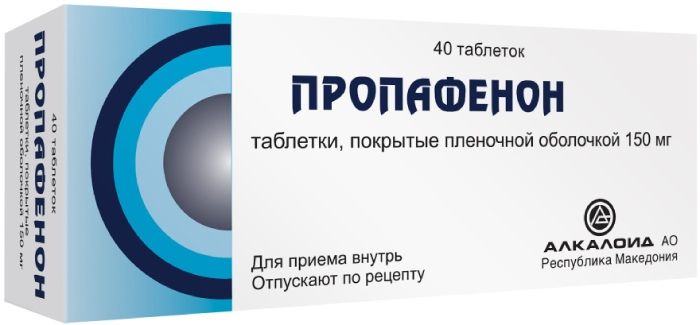
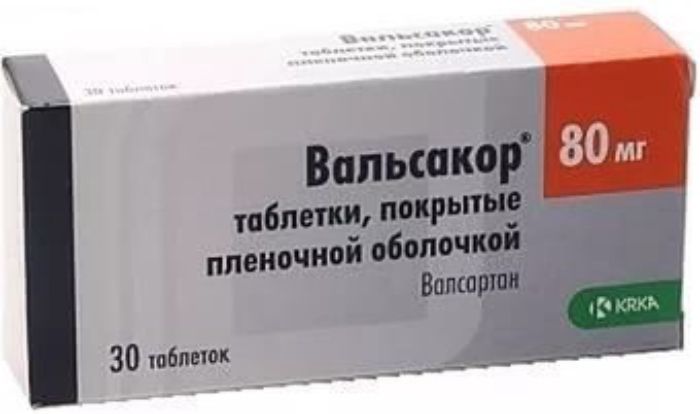

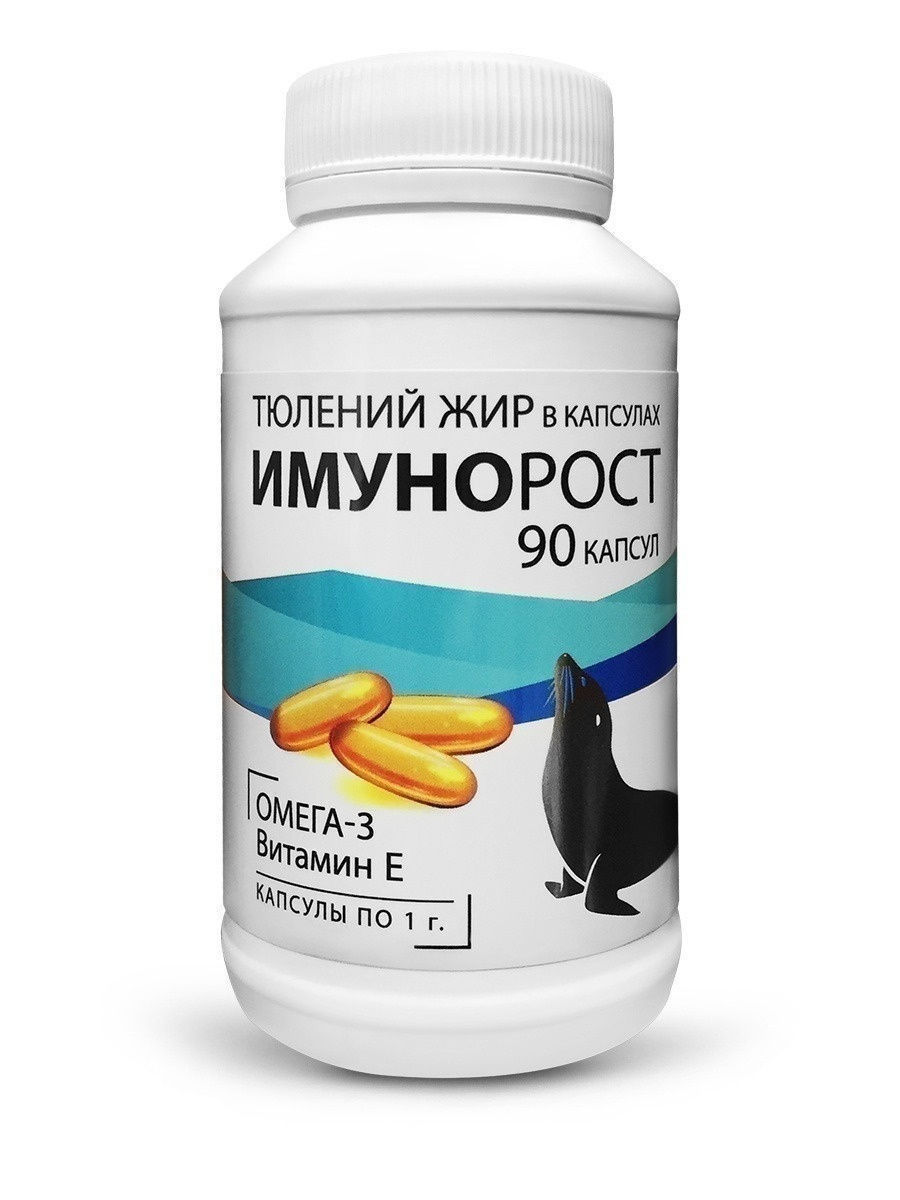
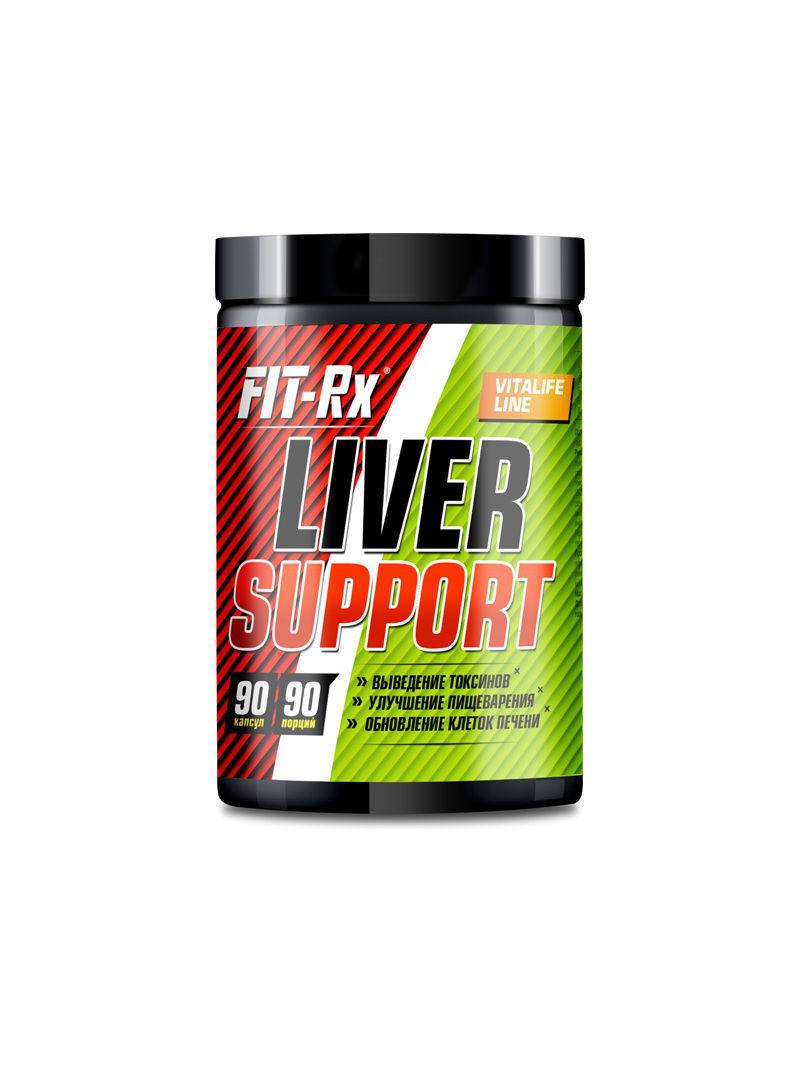
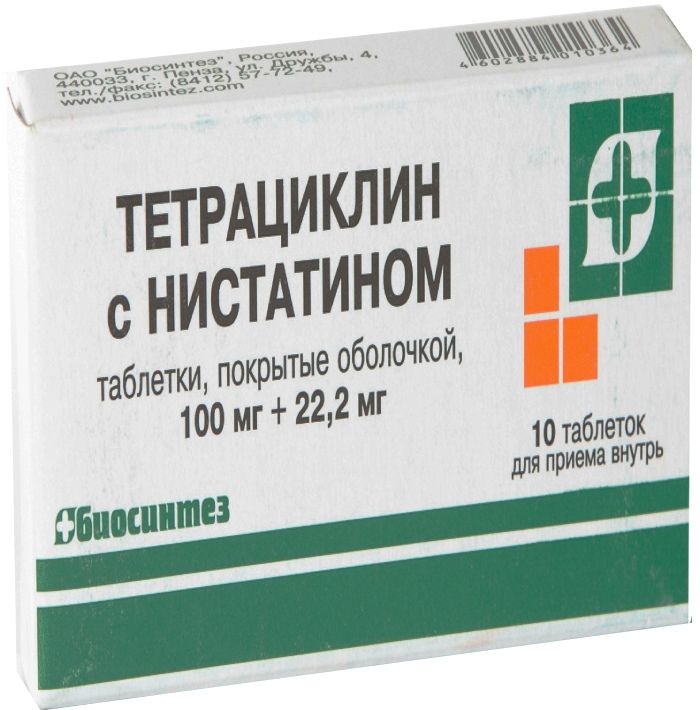
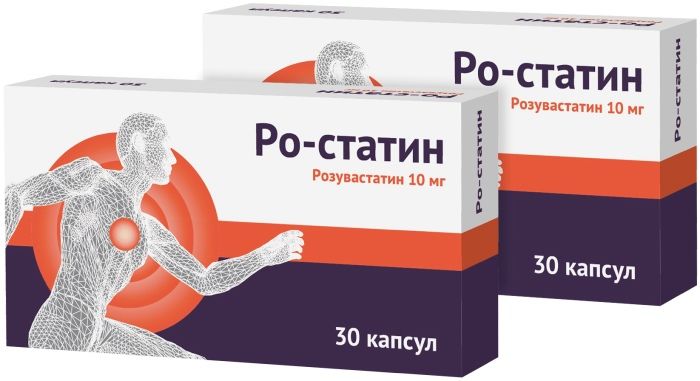





There are no reviews yet.